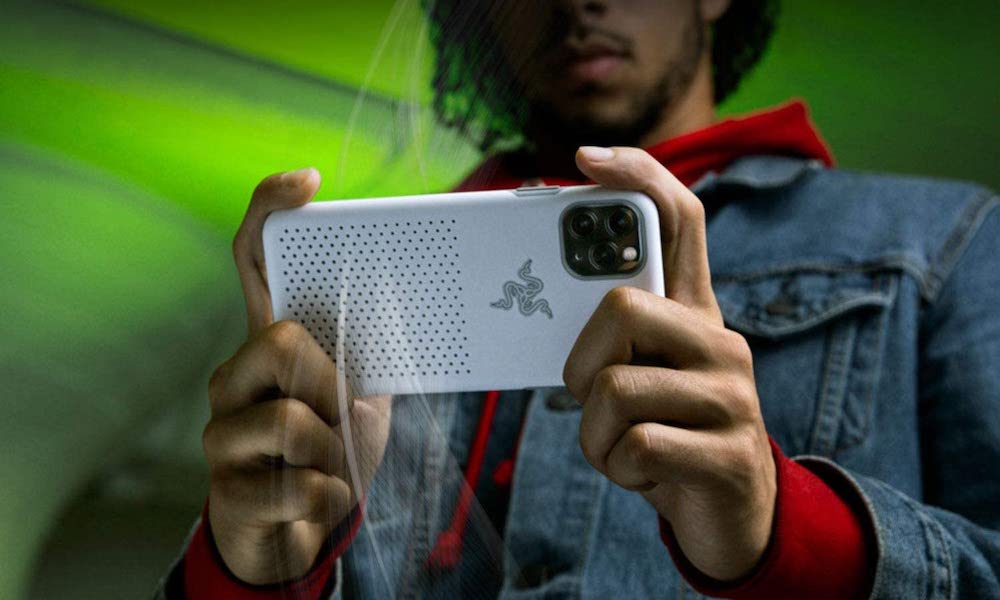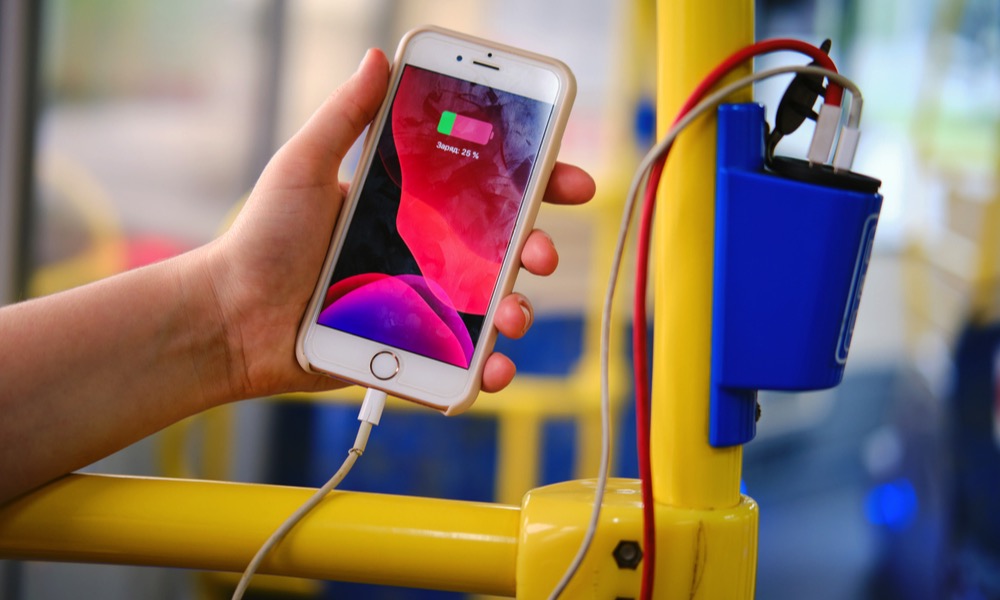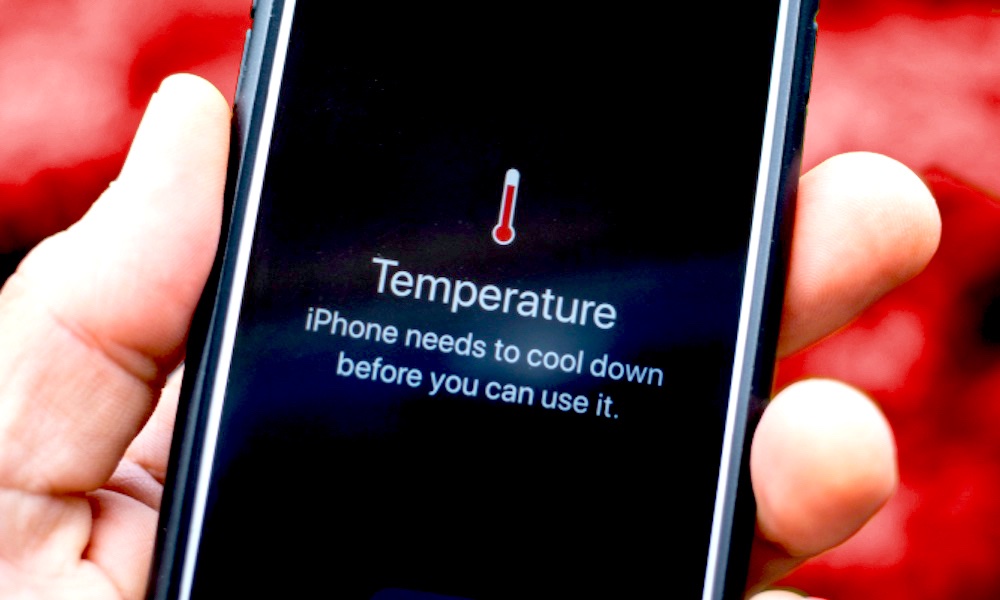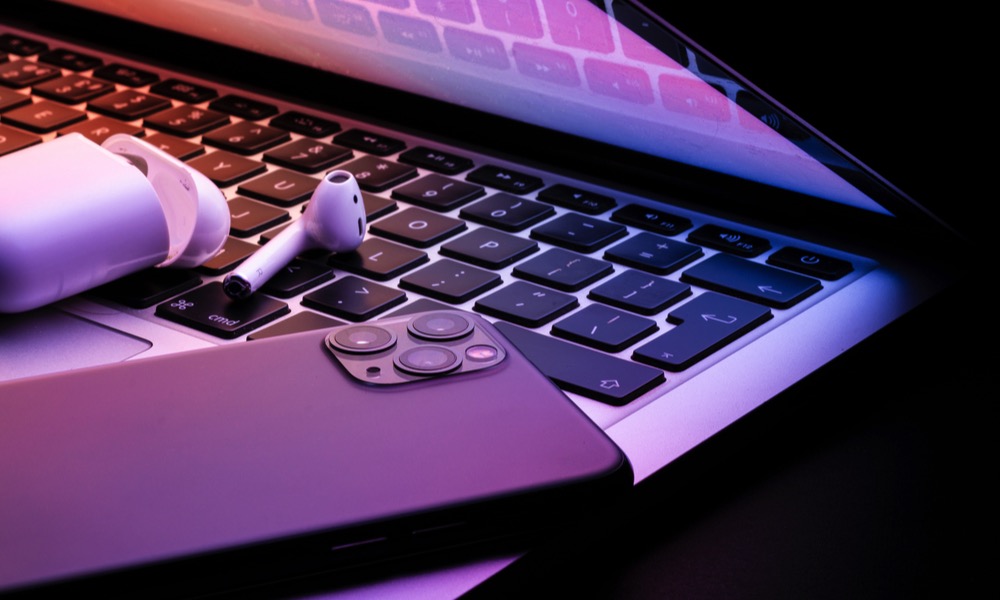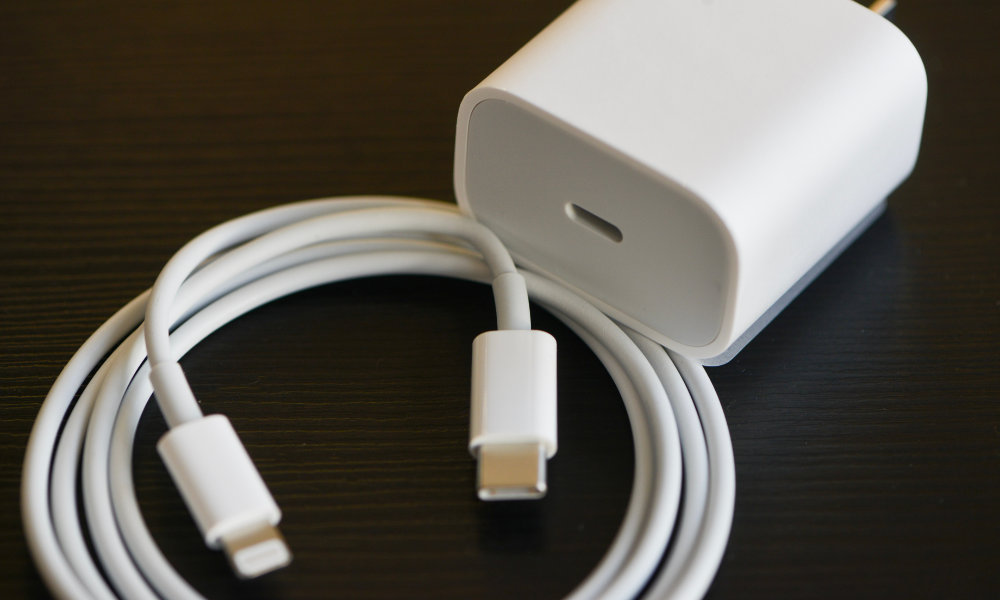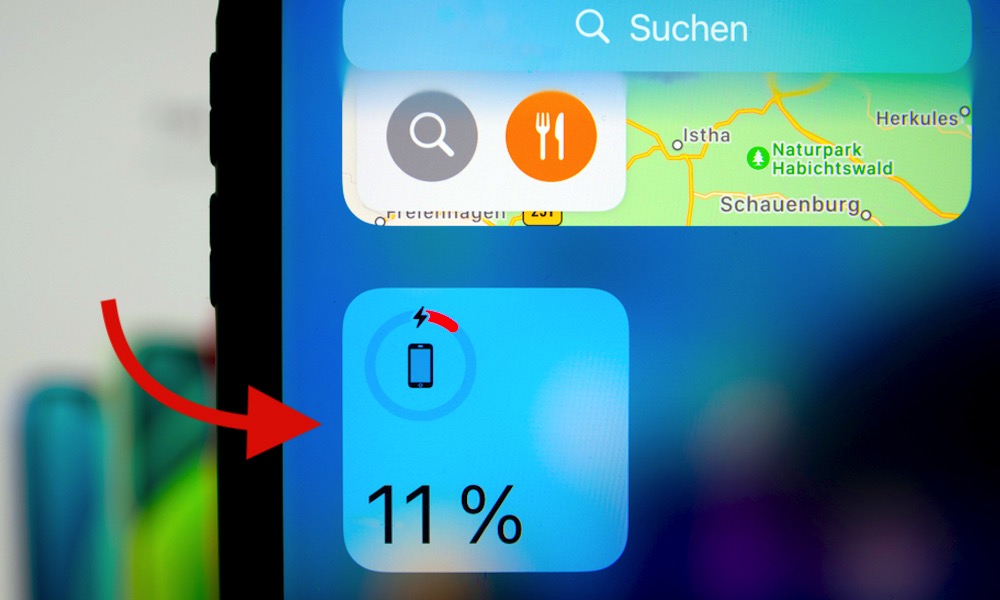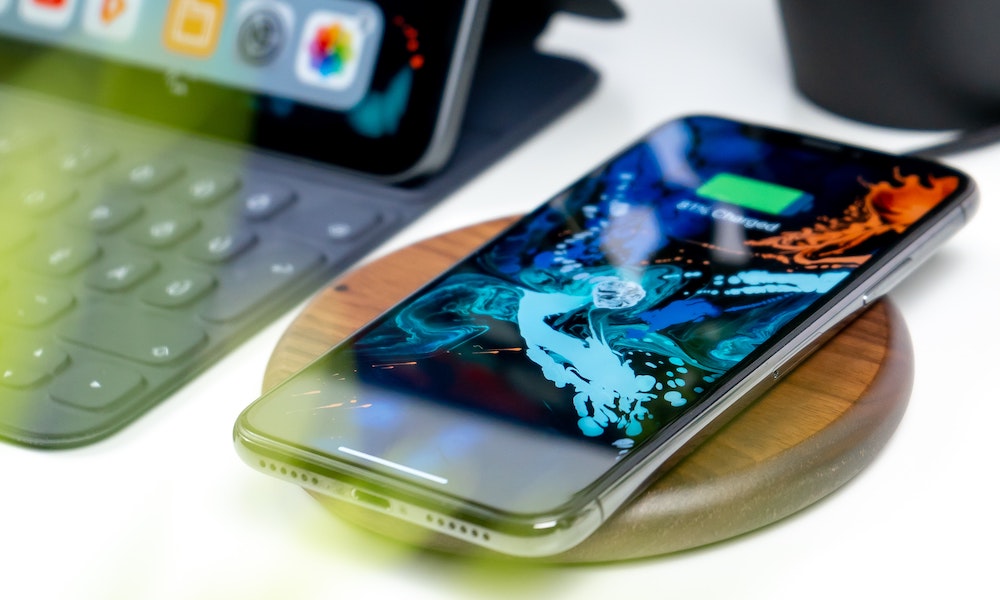The 7 Dos and Don’ts of Charging Your iPhone
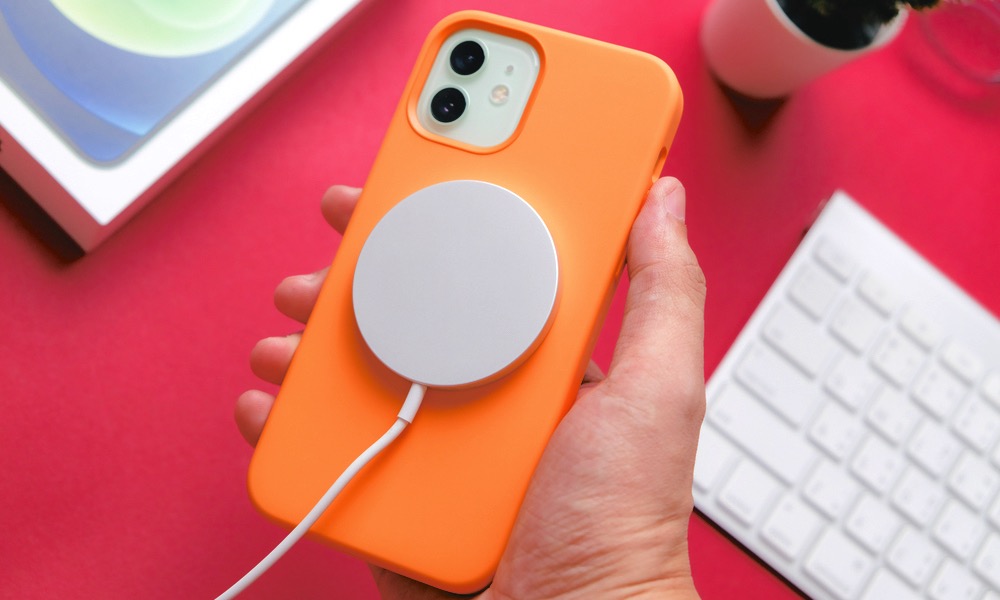 Credit: Framesira / Shutterstock
Credit: Framesira / Shutterstock
Battery life is one of the most important factors of your iPhone, or any other rechargeable device for that matter. It doesn't matter if you have one of the fastest, most powerful devices in the world if it doesn't last you throughout your day. Sure, Apple could solve this by adding a larger battery, but you should do your part too. If you don't take care of your battery, then your iPhone won't last as long as it should. And one important thing to keep in mind is how you charge your iPhone. From what charger you use to how much you let it charge—or discharge. Everything you do has a toll on your iPhone's battery. You can do many things to help your iPhone live longer, but here are some steps to help you get started. Continue reading to browse The 7 Dos and Don'ts of Charging Your iPhone.
Avoid Using a Case When Charging
It's best to avoid using a case on your iPhone when you're charging it, but that doesn't apply to every case. So how can you tell you need to take your iPhone out of its case? It all depends on your iPhone's temperature while charging.
If your iPhone gets very hot when it's charging and the ambient temperature isn't necessarily high, you might want to take your iPhone out of its case.
Your iPhone doesn't like high temperatures, especially when charging, so avoid using the case if that's what's making it get hotter. Again, not every case will give you this problem. For instance, if you're using a first-party case, or a ventilated one, your iPhone shouldn't give you any trouble.
Don't Use Your iPhone While It's Charging
As mentioned before, your iPhone doesn't like charging in very high temperatures, but charging it in low temperatures isn't ideal either. Don't worry; that doesn't mean your iPhone can't take the heat. Ideally, you want to charge your iPhone in ambient temperatures of 62° to 72° F (16° to 22° C). If you charge your iPhone in very high temperatures, say above 95° F (35° C), you might permanently damage your iPhone's battery capacity. Not only will it not charge above 80%, but you might notice that your battery doesn't last as long afterward.
Charge Your iPhone in the Right Temperature
As mentioned before, your iPhone doesn't like charging in very high temperatures, but charging it in low temperatures isn't ideal either. Don't worry, that doesn't mean your iPhone can't take the heat. Ideally, you want to charge your iPhone in ambient temperatures of 62° to 72° F (16° to 22° C). If you charge your iPhone in very high temperatures, say above 95° F (35° C), you might permanently damage your iPhone's battery capacity. Not only will it not charge above 80%, but you might notice that your battery doesn't last as long afterward.
Is It Safe to Use Your MacBook to Charge Your iPhone?
Many of us have done this. We connect our iPhone to our MacBook and let it charge for a while. While you can use your MacBook to charge your iPhone, you need to do it with caution. Every time you want to use your MacBook to charge your iPhone, just try to make sure your MacBook is connected to a power source – otherwise, you'll just be putting strain on a different battery.
Always Use the Right Charger
The easiest way to keep the battery healthy with minimum effort is to use any first-party charger to charge your iPhone. I know this might be hard since Apple doesn't give away a charger with the iPhone anymore. Still, make sure you use a first-party charger or a charger that's certified to work with the iPhone.
You'll notice some chargers have an MFi certification. That literally means it's Made For iPhone or iPad, so it should be safe to use.
Try to avoid using low-quality chargers at all costs. In the best-case scenario, they'll only damage your iPhone's battery. Worst case scenario? Some reports say that faulty chargers have started fires.
Avoid Charging Your iPhone to 100%
A common recommendation is that you avoid charging your iPhone to 100% every time you charge. Likewise, you should avoid discharging your iPhone all the way to 0% too.
What's recommended is that you leave your iPhone between 30-80% at all times. Although, we know that's not always possible.
Fortunately, ever since iOS 13, your iPhone has had an Optimized Battery Charging feature that makes the iPhone wait to charge fully based on your daily routine. At 80%, it'll either wait to finish charging or start charging slower than normal to prevent battery aging.
To enable Optimized Battery Charging, just do this:
- Go to Settings.
- Scroll down and select Battery.
- Tap on Battery Health.
- Toggle Optimized Battery Charging on.
It should be on by default, but now you know how to access it for future reference.
Should You Charge Your iPhone Overnight?
We've all heard and wondered about this question. And the truth is, to this day, people are still debating on whether or not you should charge your iPhone overnight. It makes sense, right? You want to wake up with a bunch of energy, and you want your iPhone to be the same way. But some people suggest that you avoid charging your iPhone overnight. Or at least avoid doing it every night.
The good news is that since your iPhone has an Optimized Battery Charging feature, you can plug it in at night and, depending on when you wake up, you should find your iPhone still charging at about 90%. Plus, iPhones and smartphones, in general, have evolved so that they know when they're at 100% capacity and won't overcharge. Still, overall, it's best if you try to avoid charging your iPhone overnight all the time.

